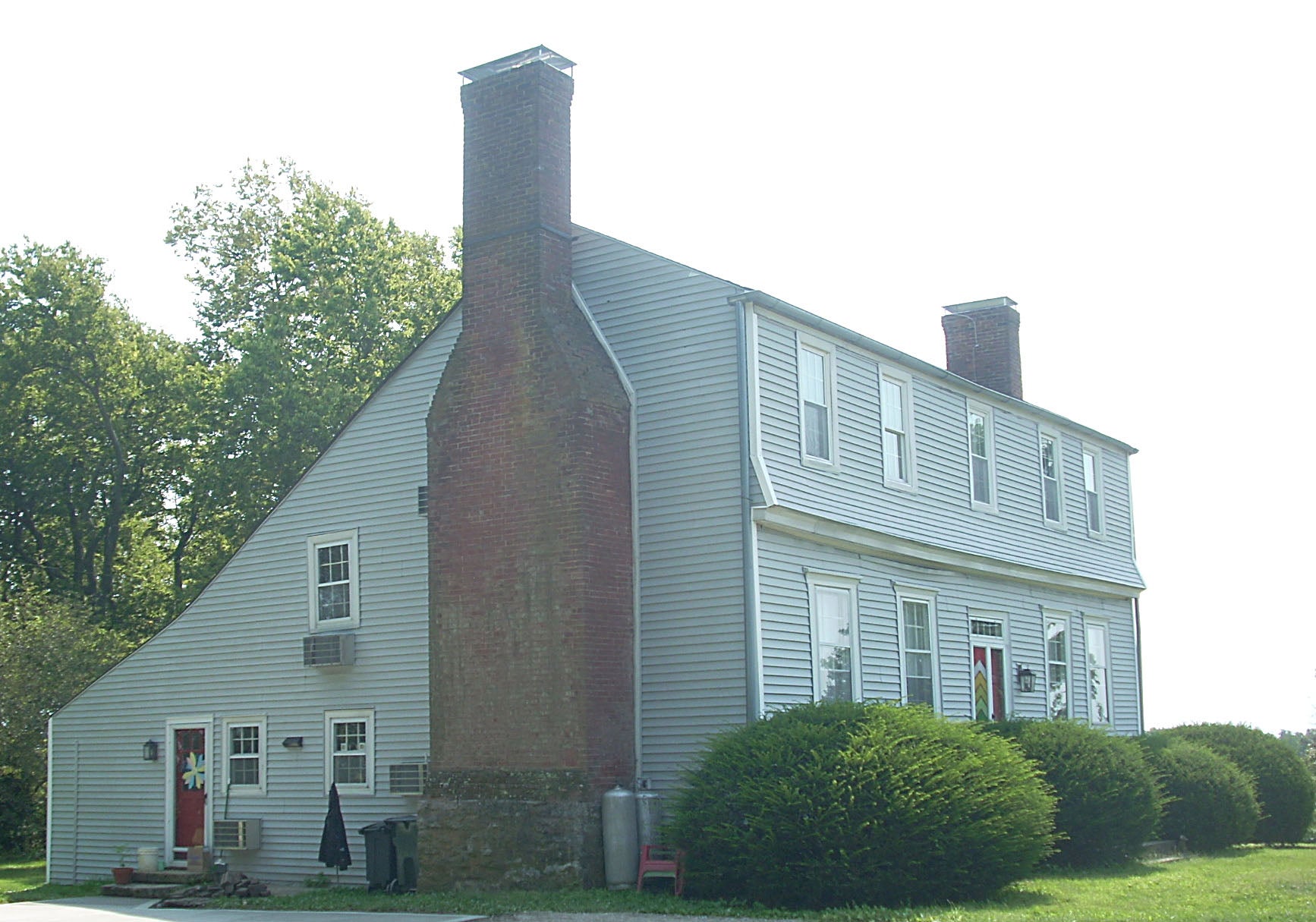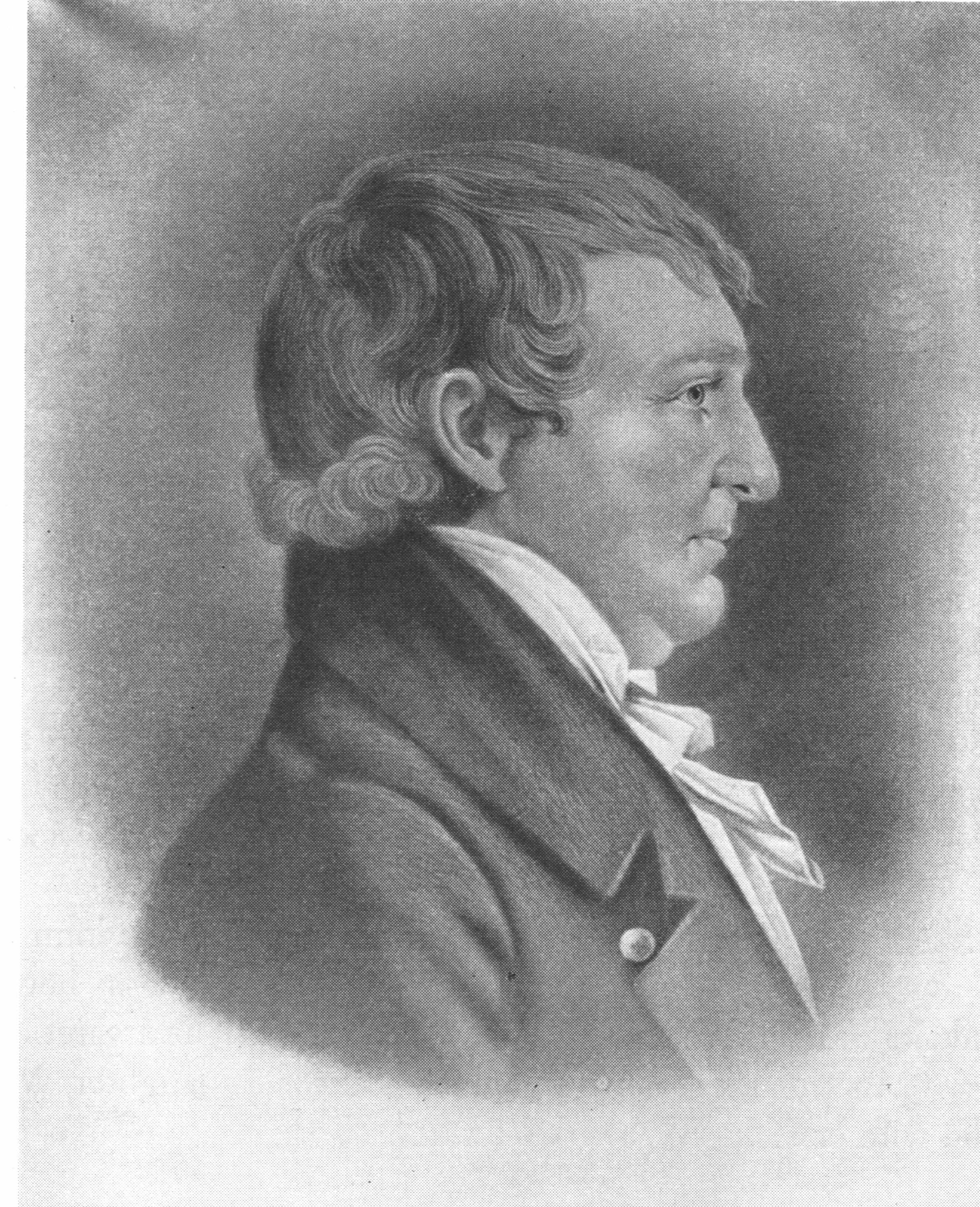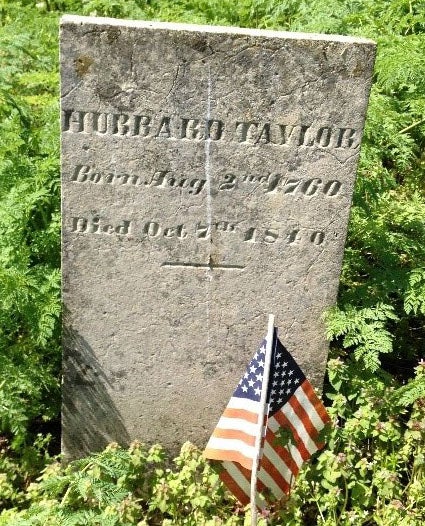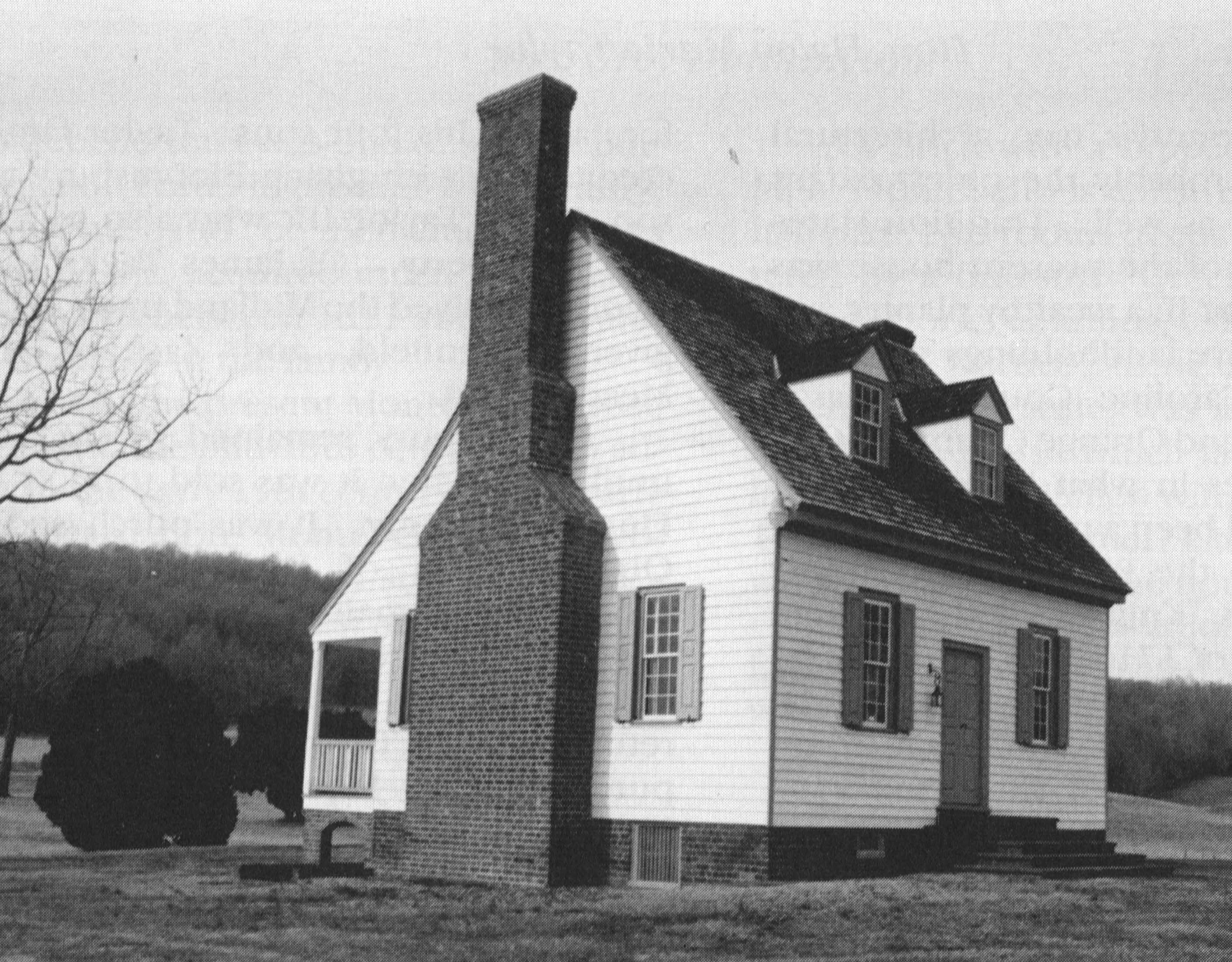Clark County’s most historic places: Spring Hill
Published 1:39 pm Friday, September 11, 2020
|
Getting your Trinity Audio player ready...
|
Editor’s Note: This continues a series on the most historic places in Clark County.
Spring Hill, located on Colby Road near Pine Grove, deserves a special place in the county’s history: it is one of our oldest houses and was built for one of our most illustrious citizens, Hubbard Taylor (1760-1840).
Hubbard was born in Caroline County, Virginia, a son of James Taylor IV.
Hubbard’s great-grandfather was the wealthy, influential Col. James Taylor II.
In 1775, when war broke out with Great Britain, Hubbard volunteered for militia duty. His last tour in service was in 1778 with Gen. Thomas Nelson’s Corps of Light Dragoons.
That winter, while still only 18 years old, Hubbard was appointed surveyor of Caroline County when his father resigned the post.
In June 1780, having secured a surveyor’s appointment in Kentucky, Hubbard set out for the West to locate lands for his father and others.
With his first trip a success, he returned to Kentucky surveying in each of the following three years.
After his grandfather died, Hubbard and his wife Clarissa moved to Orange County and took care of the family farm for four years.
Hubbard had already found the place in Kentucky where he wanted to settle.
In 1788, he purchased the land, then in Fayette County, from his kinsman, Dr. Thomas Hinde.
As later stated in his autobiography, “I brought out a part of my negroes, searched out the tract for the 500 acres laid off [and] cut the first stick toward improving it with my own hands. Imployed a man to assist my hands in building some cabbins. I also imployed Thomas Minor, a nephew of my wife’s, to take charge of my new intended home.”
Hubbard then went back to Virginia for his family.
He returned to Kentucky by way of the Ohio River bringing out Clarissa and his three children.
“We arrived at our new home on the 13th day of May 1790. Found about 16 acres of land opened, some Cabbins, and the Hall of a House without floor, chimney or door.”
They moved into one of the cabins and “began in July to get material for building the present house at Springhill, as I named the farm, and so far got it advanced as to get into it at Christmas following.”
Seldom is it possible to date a house so precisely, and all the more valuable in this instance because of its great age — almost 230 years old at present.
Spring Hill was fashioned after the style he was familiar with back in Virginia. The facade is dominated by three massive brick chimneys.
It bears a resemblance to the house built by Hubbard’s great-grandfather — said to be the oldest house in Orange County.
With his family properly lodged, Hubbard continued to excel in his career as farmer, land speculator and public servant.
He was an organizer and judge at Kentucky’s first cattle show in 1816 then became one of the early importers and breeders of English cattle.
On Clark County’s tax roll for 1802, his land holdings take two pages to list. His 57 tracts totaling around 90,000 acres were located all over the state.
Hubbard was appointed a magistrate of Fayette County Court and was elected a delegate to Kentucky’s first Constitutional Convention held in Danville.
He played a behind the scenes role in having Clark County formed out of Fayette in 1792.
In the new county, Hubbard was named a justice of the Court of Quarter Sessions that was responsible for hearing civil and criminal cases.
He served in the State Senate from Clark in 1796-1800 and 1815-1819 and was a five-time presidential elector.
Hubbard was one of those chosen to superintend construction of our first courthouse, and he was a trustee of our first public school, the Winchester Academy.
Hubbard was Kentucky’s most prolific correspondent with James Madison, a distant relative.
The Kentucky Historical Society published 44 of Hubbard’s letters written between 1791 and 1830, which included the period when Madison was president of the U.S. (1809-1817). These letters, preserved in the Library of Congress, discuss current issues in Kentucky and the West: Indian hostilities, navigation of the Mississippi River, debates over emancipation, Alexander Hamilton’s “whiskey tax,” agricultural production and commodity prices, local industries and family news.
Many letters deal with Madison’s land holding in Kentucky, which Hubbard had a hand in managing. The latter endeavor led to significant expenses and negligible profits for both.
Here is a little Spring Hill mystery. In an 1840s interview, Bourbon County pioneer Patrick Scott stated that “Aaron Burr was taken by the marshall of Virginia at Hubbard Taylor’s, in Clark [County]. They went to Winchester where he dined with him at Joe Calloway’s.”
The implication of Scott’s statement seems to be that Burr was arrested at Spring Hill, but Burr was never arrested or taken into custody by authorities anywhere in Kentucky.
The Burr Conspiracy created a great stir when he was accused of preparing a private army to invade Spanish-held territories.
I have been unable to find any evidence that Burr “was taken” or that he was even acquainted with Hubbard.
In 1806, Kentucky’s federal judge empaneled a grand jury to hear conspiracy charges against Burr. Hubbard was elected foreman of that jury —his only Burr connection I can find.
The jury adjourned without an indictment, which was greeted with much celebration by Burr, who appeared voluntarily with his attorney, Henry Clay.
Hubbard, his wife Clarissa, and many family members are buried in the recently restored cemetery near the house.
Hubbard Taylor Jr. followed his father’s residence at Spring Hill. The property remained in the Taylor family until 1921, when Newton T. Taylor sold to Martha Witherspoon Sphar.
The house was renovated by Bill and Lucy Sphar in 1968 and by the current residents, John and Karis Pumphrey, in 2009.
The Pumphrey daughters, Hollins and Nancy, are the fifth generation of the Sphar family at Spring Hill.
Spring Hill is listed on the National Register of Historic Places. The original 500-acre tract that Hubbard Taylor purchased in 1788 is still essentially intact — a rare occurrence anywhere in Kentucky.
Many thanks to Karis Pumphrey for help on this article.
Harry Enoch, retired biochemist and history enthusiast, has been writing for the Sun since 2005. He can be reached at henoch1945@gmail.com.









